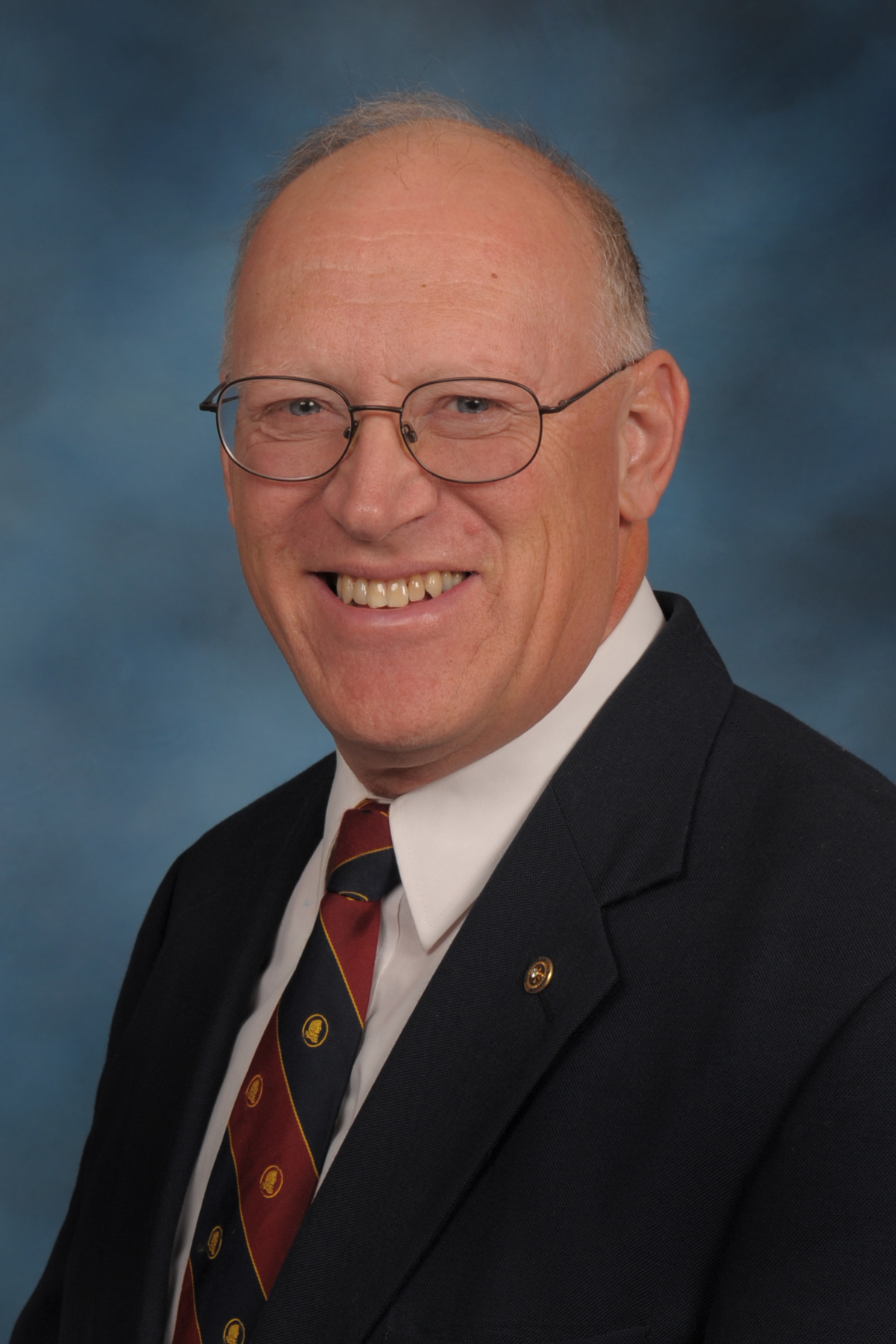What aircraft was the most widely used model for training airplane pilots during World War II? Would you believe, an airplane named for one of the early pioneers of the aviation industry who came from rural Kansas?

In recent weeks we’ve learned about Clyde Cessna and Walter Beech, two of the three men who founded an airplane business in Wichita in 1924. Today we’ll learn about the third of those three: Lloyd Stearman, whose plane, the Stearman Kaydet, was the primary trainer for World War II pilots.
Lloyd Stearman was born in the rural Kiowa County town of Wellsford, Kansas in 1898. Wellsford had been a thriving community but faded away through the decades until it legally disincorporated. Other than the southeast Kansas town of Treece, which disbanded itself due to pollution problems in 2012, Wellsford was the last Kansas town to eliminate its legally incorporated status which it did in 1975. As of the town’s last official census in 1970, Wellsford had an official population of 9 people. Now, that’s rural.
Lloyd Stearman was born at Wellsford and went to school in Harper. While in grade school, he saw his first airplane, piloted by Clyde Cessna.
In 1917, Stearman attended what is now Kansas State University and studied engineering and architecture. During World War I, he enlisted in the U.S. Naval Reserve Flying Corps in Kansas City. He went to ground school in Seattle and then was stationed in San Diego where he learned to fly seaplanes.
After the war, Stearman returned to Kansas and worked as an airplane mechanic. There he met the aforementioned Walter Beech, who was a test pilot and salesman. Beech taught Stearman the finer points of piloting an airplane.
In 1924, Lloyd Stearman became chief engineer of the Swallow Airplane Company. Stearman designed his first airplane, called the New Swallow. Beech flew it at the National Air Races at Dayton, Ohio where it was crowned the nation’s best performing commercial airplane.
Of course, this was back in the day when planes were still constructed with wood and canvas. Stearman and Beech wanted to redesign their aircraft to make the fuselage of welded steel tubing instead of wood, but their owner resisted. So they reached out to a guy who had recently purchased one of the New Swallows. His name was Clyde Cessna – the very same man who had piloted the plane which Stearman saw as a child.
In 1925, Lloyd Stearman, Walter Beech and Clyde Cessna went together to form a new business to build their planes using metal. The company was called Travel Air Manufacturing.
In 1926, the three young Kansans entered an airplane in the Ford Reliability Tour, a cross-country airplane performance competition that attracted the best aircraft in the country, and won handily.
But this moment of triumph quickly turned into a time of tragedy. In Wichita, Lloyd Stearman took his plane up for an aerial demonstration. Upon landing, he taxied his plane along the runway where stood a prominent citizen of Wichita who had stopped there with his family to watch the flight. The propeller of Stearman’s plane struck the man, killing him instantly. When he realized what had happened, Stearman himself collapsed in horror and had to be carried from the plane.
After that incident, Lloyd Stearman moved his family to California where he created his own aircraft company. Eventually he was recruited back to the airplane business in Wichita. The biplane which bore his name, the Stearman Kaydet, was so durable and reliable that it became the primary trainer aircraft for the U.S. military during World War II. Stearman would go on to work for Boeing and serve as president of Lockheed before passing away at age 77.
What was the most widely used training airplane for pilots in World War II? It was the Kaydet built by Lloyd Stearman, who made a difference with his pioneering aviation work.
Why did Kansas become such a center for aviation? Is it wide open spaces, the work ethic of our people, or visionary leaders? Perhaps all of the above have helped keep Kansas flying high.
And there’s more. We’ll find a modern-day restaurant which bears his name next week.
